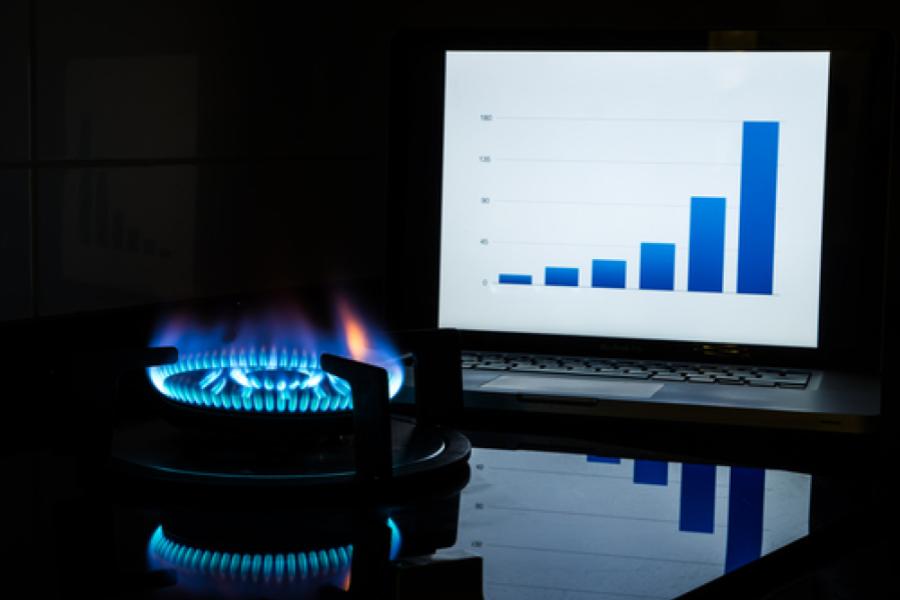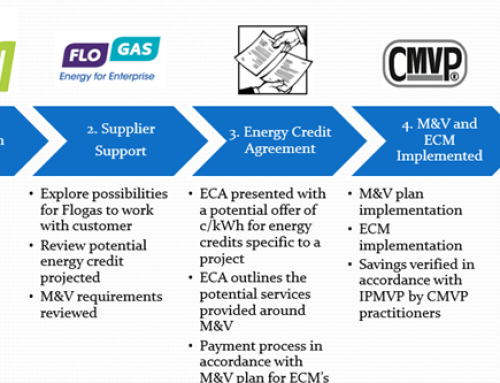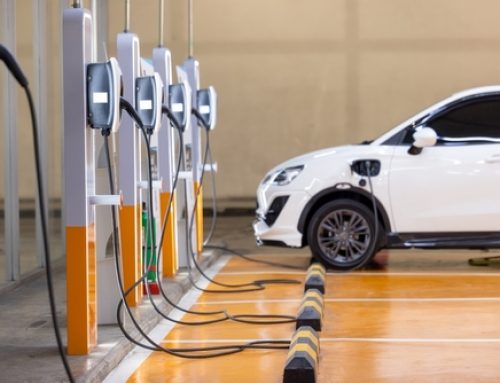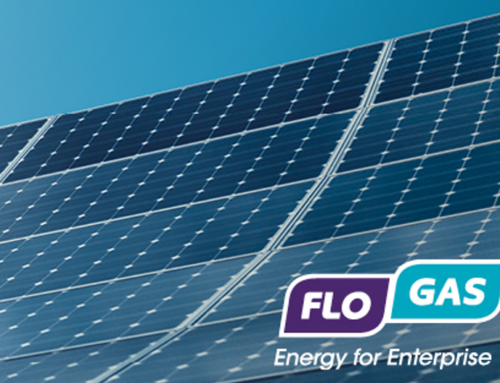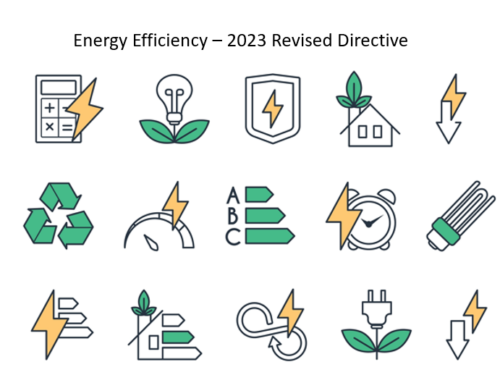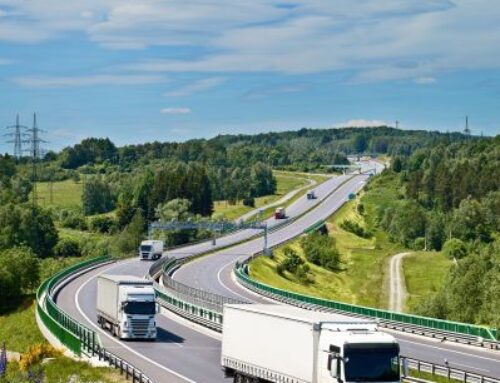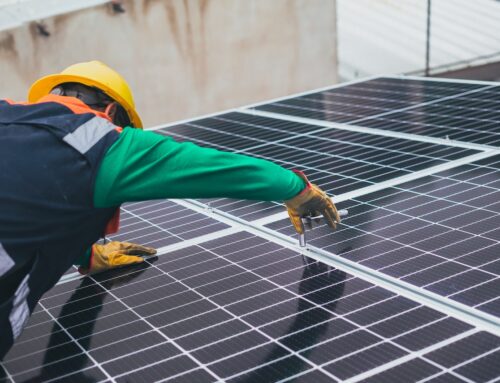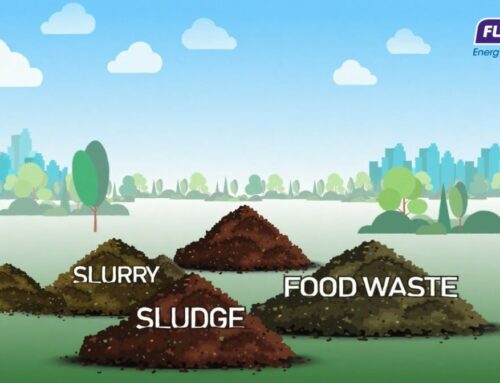To say gas prices have been volatile and unpredictable is maybe a tad understated. Following on from a year of market record lows, we are now experiencing a sustained period of unbelievable highs. The perfect storm that was the Beast from the East is only marginally more expensive than what we are experiencing since the end of June 2021.
Supply issues, both of traditional natural gas and LNG, coupled with a global reopening following the Covid-19 pandemic have seen prices soar relentlessly. Throughout the recent ascent, it has been difficult to attach any rhyme or reason as to why we are paying a price of over 100p per therm for natural gas. While the supply issues and increasing demand does lend itself to a bullish market, should gas prices really be trading above 60p, never mind 160p in a mild summer.
Unfortunately, this trend hasn’t just impacted the near-term prompt contracts but also the curve. Winter-21 is trading at an eye-watering 179p, while Summer-22 is currently trading at almost 86p. It is clear that there is currently no value there and customers may think it better to take their chances with the floating market this winter and next summer.
Yes, demand has been supported due to a lack of wind power generation across much of Europe, with gas-fired power plants often filling the void. These prices are however unsustainable and above what we should be paying. Thoughts have turned to what else is contributing to these prices, and recent comments from the Kremlin may have shed some light.
Dmitry Peskov, the spokesman for Russian President Putin, has said a quick approval of the new Nord Stream 2 pipeline which connects Russia to Europe would alleviate a feared natural gas shortage this winter, and would “significantly balance price parameters for natural gas in Europe, including on the spot market”. These comments have raised suspicions that Russia is using supplies as leverage to get the project up and running, and manipulating the current gas prices across Europe by holding back supplies.
If this is true, it still doesn’t provide an answer, as to what Irish Industrial and Commercial customers should do, is this now a new benchmark for prices going forward? With this in mind, it may be time to take the “Back to the Future” route, a term coined by one of Flogas’s own, whereby, customers should look to the future where there is value and start to work backwards to the present.
Looking out to 2023 and 2024 there is value, and taking a portion of gas there is definitely a position many should be considering. Let’s focus on winter for the moment; prices for winter-23 and winter-24 are less or on par with what has been paid on average over the last 5 years, including last year’s record lows. The prices available are over 70% less than what has been available recently in the market for this winter.
Summer is a similar story, looking beyond 2022, prices for both summer 2023 and 2024 do hold some value, not to the same extent as winter, but definitely something to consider.
But what about this winter? Essentially, we have two options, act now and lock in those high prices and losses against budgets, or take a chance continuing to float with the market. Current price levels are not sustainable. Reports from various markets across Europe have indicated that the volumes being traded have dwindled as more and more parties run into credit issues, with the high prices eating into or obliterating current credit lines that are in place. Over the last two or three trading sessions, we have started to see a softening of prices. It is too early at the moment to consider it a new trend, but it may represent some light at the end of the tunnel. The key for this and winter-2022 will be to be ready to act once any value is available.
In summary, unfortunately for some, winter-21 will represent some pain, but you need to be in a position to act and capitalise from the value further out on the curve. Gas customers will definitely feel the squeeze through October, but if progress is made on the Nord Stream 2 pipeline, wind finally turns up, and maintenance at production facilities is completed prices will hopefully not just fall but they do have the potential to collapse. The real difficulty is trying to determine when that will be and how much pain will we have to endure before then.
Contact Flogas to see how we can help you with your energy costs and sustainable journey by email: info@flogasenterprise.ie


